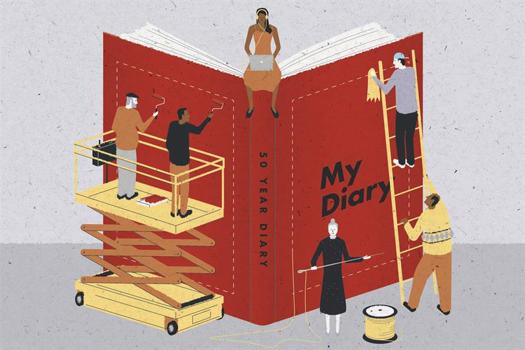From research to reality
Our research (discussed in part one of this article here) suggests a few takeaway messages.
Firstly, overt age discrimination is not the only problem HR professionals need to worry about.
A subtle issue is the tendency for older workers to perceive themselves as less employable, lose confidence in their abilities and possibilities in the labour market and potentially withdraw from the workforce.
This is what we found in a large sample of professionals and managers, basically knowledge workers. We believe it may be even more pronounced among skilled workers, whose abilities and skills may be more subject
to obsolescence.
Secondly, this paradox should not go unnoticed. People are increasingly required or expected to work longer, but at the same time they face a difficult context for work and account for it when evaluating what possibilities they have in the external market.
Ageist bias may come to influence them so much that they form meta-stereotypes which are often even more negative than the stereotypes in the first place.
HR professionals bear an important responsibility in countering these phenomena. By making sure that employees of all ages are involved in developmental activities – and consistently so along their work-life span – HR will support workers in equipping themselves with abilities, competencies and meta-competencies that will be crucial for lifelong employability.
Developmental practices represent a significant financial investment for organisations and may be seen as risky if the receiving employees are not retained. Nonetheless, this seems a necessary risk, and one that must be incurred out of social responsibility.
Offering appraisals, including peer and subordinate appraisals, career counselling, assessment centres, mentoring and/or networking should be done in an inclusive rather than elitist way. People benefit enormously from these practices not only for their concurrent job performance, but also for longer-term employability.
Policy makers could also consider partnering up with organisations for offering developmental activities to employees, so as to share the responsibility for what was once called lifelong learning – and today lifelong employability.
Silvia Dello Russo is associate professor of HRM at TBS Business School.
Further reading:
Why are we still seeing age discrimination when hiring senior workers?
Age discrimination rife in the workplace
The HR challenges of an ageing workforce
The full piece of the above appears in the January/February 2021 print issue. Subscribe today to have all our latest articles delivered right to your desk.









